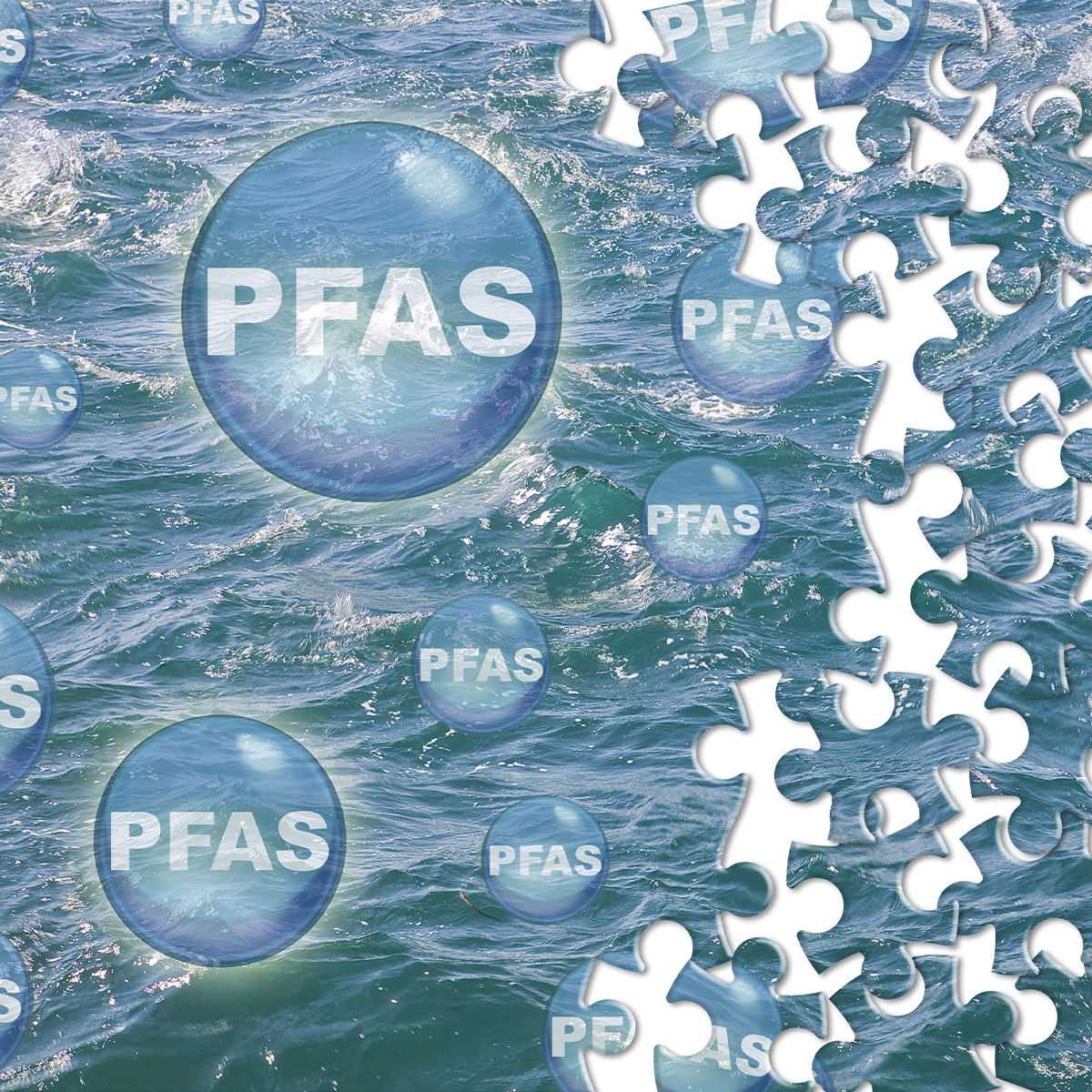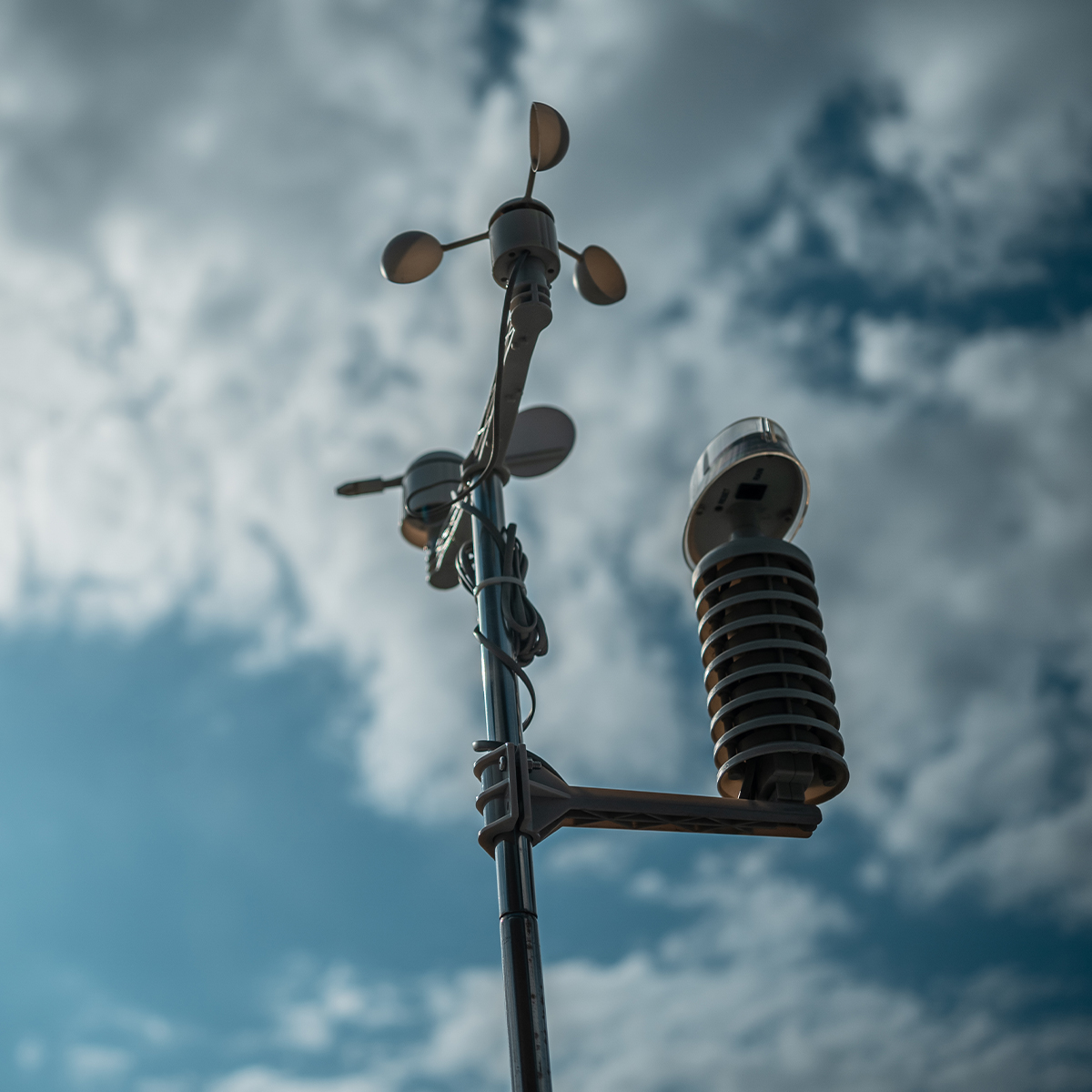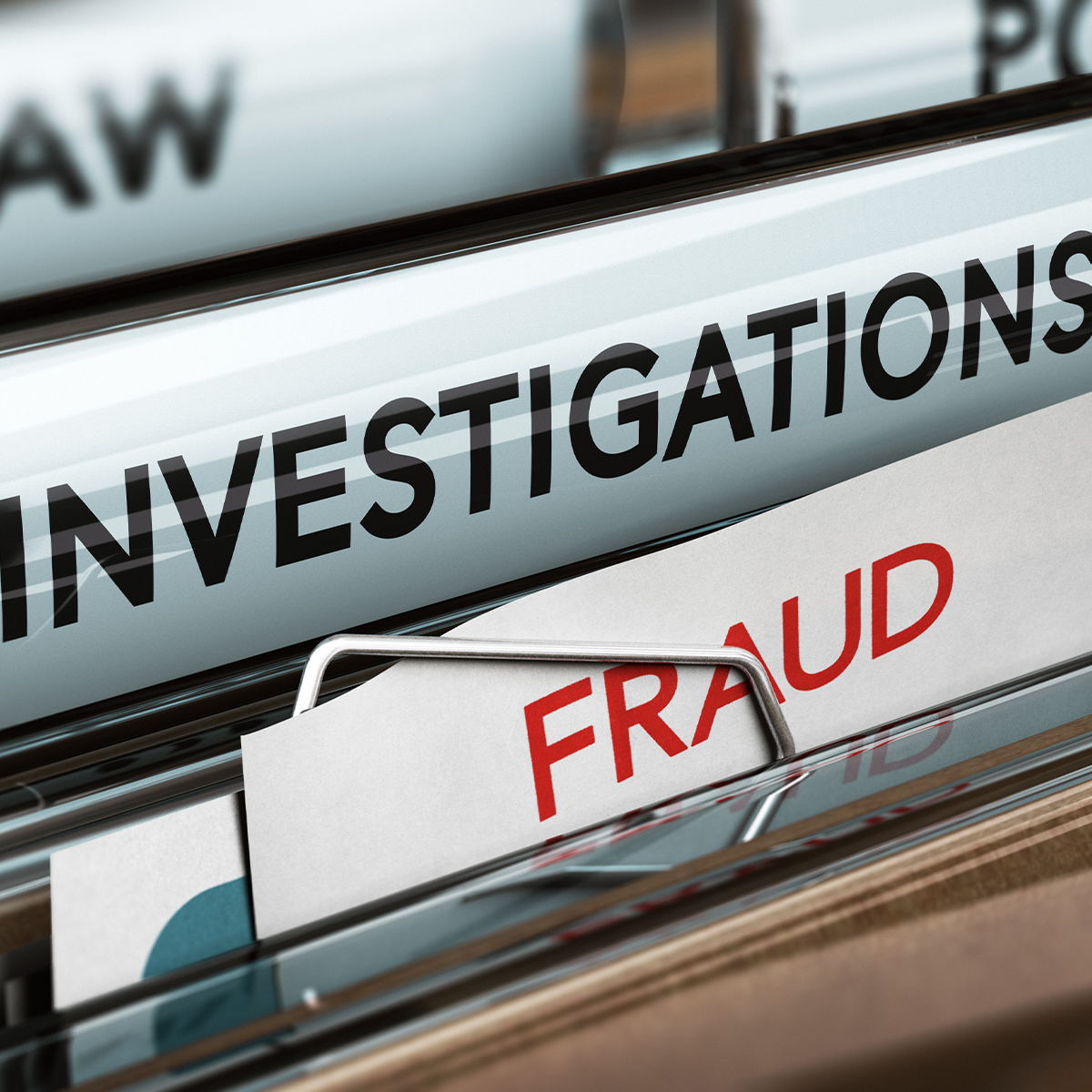-
Property & Casualty
Property & Casualty Overview

Property & Casualty
We offer a full range of reinsurance products and the expertise of our talented reinsurance team.
Expertise
Publication
Structured Settlements – What They Are and Why They Matter
Publication
PFAS Awareness and Concern Continues to Grow. Will the Litigation it Generates Do Likewise?
Publication
“Weather” or Not to Use a Forensic Meteorologist in the Claims Process – It’s Not as Expensive as You Think
Publication
Phthalates – Why Now and Should We Be Worried?
Publication
The Hidden Costs of Convenience – The Impact of Food Delivery Apps on Auto Accidents
Publication
That’s a Robotaxi in Your Rear-View Mirror – What Does This Mean for Insurers? -
Life & Health
Life & Health Overview

Life & Health
We offer a full range of reinsurance products and the expertise of our talented reinsurance team.

Publication
Key Takeaways From Our U.S. Claims Fraud Survey
Publication
Favorite Findings – Behavioral Economics and Insurance
Publication
Individual Life Accelerated Underwriting – Highlights of 2024 U.S. Survey
Publication
Can a Low-Price Strategy be Successful in Today’s Competitive Medicare Supplement Market? U.S. Industry Events
U.S. Industry Events
Publication
The Latest in Obstructive Sleep Apnea -
Knowledge Center
Knowledge Center Overview

Knowledge Center
Our global experts share their insights on insurance industry topics.
Trending Topics -
About Us
About Us OverviewCorporate Information

Meet Gen Re
Gen Re delivers reinsurance solutions to the Life & Health and Property & Casualty insurance industries.
- Careers Careers
How to Plan for Cat Claims - Before, During, and After an Event

September 26, 2023
Beth Albano
Region: North America
English
With the 2023/2024 storm and wildfire seasons underway, this may be a good time to take a step back and evaluate the handling of major events that could potentially affect claim volume. An insurance company’s plans to respond to a catastrophe depend on many factors including company size, geographic location, organizational structure, claim department staffing model, type of business the company writes, and the severity and type of expected losses.
It is always sound strategy to have more resources available than needed as it is much easier to scale back an operation instead of later having to find additional help after the disaster has occurred. The adage of “hope for the best, prepare for the worst” is what Cat planning is all about.
The Cat Claims Plan
BEFORE THE EVENT
Identify the policyholders and locations that might be affected – Coordinate with your underwriters, brokers, and agents to identify locations that could potentially be affected as well as the coverages and risks that pertain to those locations. Geographic Information Systems (GIS) can be used to identify insured risks in the vicinity of a natural disaster.
Review policies – Take time to review policy language with the adjustment team and underwriters to ensure that everyone understands how sublimits/coverage extensions (wind-driven rain or debris removal, for example) may apply, along with any special wording for Wind and/or Storm deductibles.
Coverage concerns – Any coverage concerns should be identified early and addressed through direct communication with the policyholders as soon as possible.
One point of contact – Identify a single point of contact (and a backup contact) to handle Insurance Department Communications - and another for the adjustment company.
Vendors and Independent Adjustment Company services – This critical component involves capacity, expertise, and communication. First, identify accounts that have designated adjusters and/or adjustment companies and review any special handling instructions. Consider whether your vendors/adjustment company(ies) have the capacity and the right adjusters. Plan the best way to make assignments to the adjustment company. With these plans in place, strategize with the companies about efficient inspections, including whether drones can be used or a policyholder can upload pictures and provide a summary of the damages. Finally, consider the format and type of information you will require from the adjuster’s report.
Experts – Compile a list of experts, including engineers, equipment experts, cost consultants, forensic accountants, forensic meteorologists, specialty contractors, and others, who will be utilized in the territory where the disaster occurred. Communicate your preferred vendors to the adjustment company(ies).
Licensing –Your designated Cat adjustment company should be able to identify the states that will require an adjuster’s license. If need be, the National Association of Insurance Commissioners (NAIC) website provides contact information for all 50 state insurance departments.
How to handle payments – It is important to consider the mechanics for swift claim payments in the event of a disaster. Can ATM, Mastercard and/or Visa cards be used to expediate advance payments? Can electronic transfer of funds be used? Are Proofs of Loss necessary? Can Advance Payment Receipts be used?
MANAGING THE CAT EVENT
Communication – Talk with policyholders and ask questions. Try to maintain open lines of communication and set realistic expectations. Engage agents/brokers as soon as possible. If a Public Adjuster is involved, ask for a copy of the executed retainer/agreement and request that the policyholder be present for all meetings when possible. Work on what can be agreed upon with the understanding that disputed items will continue to be worked on.
Social Media – Post information on social media regarding procedures for reporting claims, information on the claim settlement process, locations where adjusters will be (if you have mobile units), or locations for vehicle appraisals. Provide updated information for agents on your company's website. Consider having a communications person(s) track any social media comments about your company, vendors, and adjusters so that adjustments can be made if necessary.
AFTER THE EVENT
Follow Up – Complete file reviews (open and closed), review policyholder claims service surveys, and solicit feedback from agents and employees to gather information and assess how well you managed the Cat. Are there any patterns or trends, good or bad, that can be identified? What lessons can be learned? What worked well that can be built upon going forward? Share this information with employees and vendors.
How can we help you?
Gen Re seeks to complement our clients’ claims handling approach. Our experienced staff provides assistance on resolving complex property claim issues, identifying the proper experts, locating defense counsel, selecting independent adjusters to assist with high claim volume, extra contractual and bad faith issues, and addressing your claims training needs. Our Property Claims team is here to assist you.
We hope our checklist will help you with your planning.






